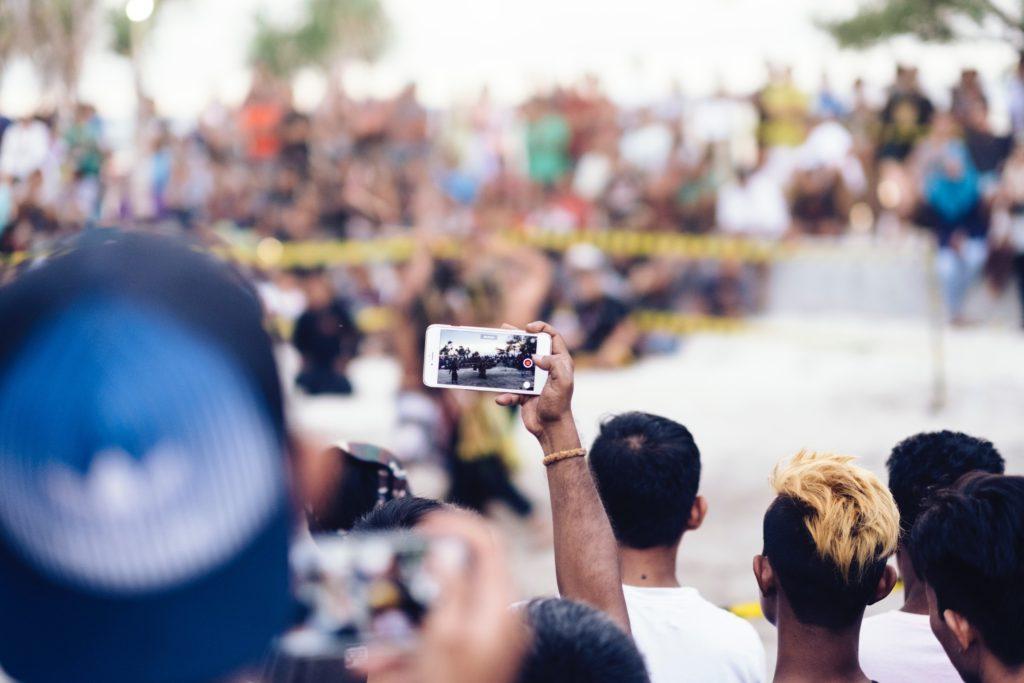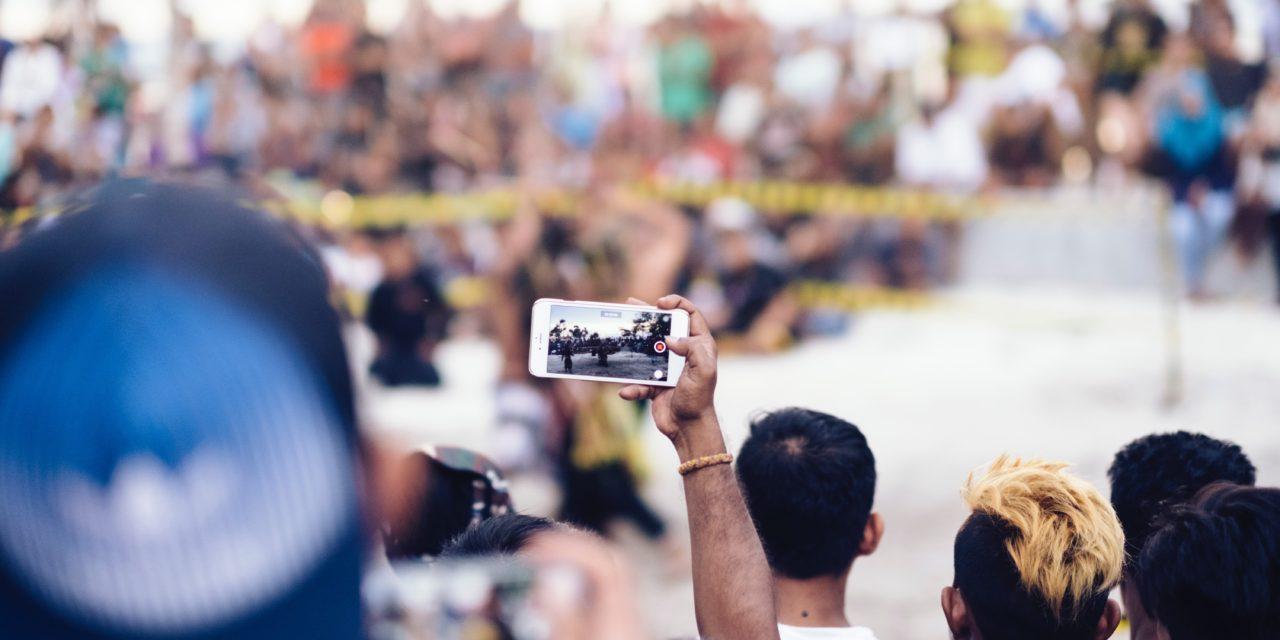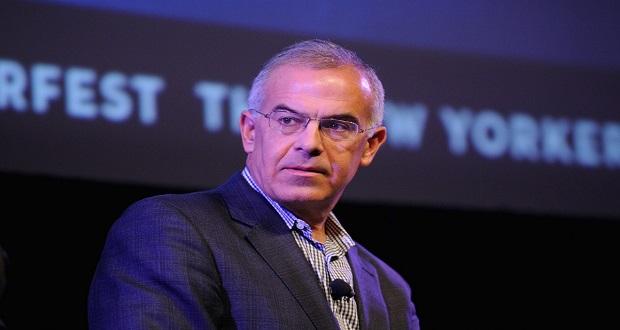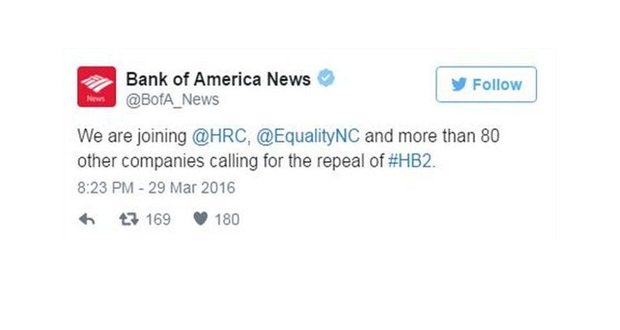
In my last post, “The Fault In Our Social Connection” I proposed that we be more intentional when using social media as a medium for meaningful conversation. Now, how can we leverage social media as a tool for change amidst the dual health crises we are enduring of COVID-19 and police–involved violence toward Black men, women, boys, and girls?
As we pick apart our media feeds and venture on a mission to educate and inspire our followers, I suggest that we Gauge, Research, Act, Share, and Persist.
Gauge Interest & Validity
Everything on social media is not worth your time and interest, even if a post superficially seems like something you want your audience to know immediately. In this first step, it is crucial to look at who created or shared the post. This is most important when sharing the original post, because others will be directed to the original page and what they find could fall back on you. If you don’t like what you find on the original posts page—inaccuracies, poor research, questionable sources or ideologies—proceed to research what was shared and become the source or find a better one.
Another thing to consider is your niche in the movement. Having a theme and purpose in the content you create and share will allow you to build up credibility as an influencer. Examples may be:
- Protesters and Activators – They serve as an ideal source for protest locations and dates, as well as thought leadership on the power of our voices.
- Healers and Allies – These are encouragers who will often share posts centered on wellbeing, or mental health, strategies for taking care of self during these times. This group may also share donation links and centers where materials and money can be donated for protestors. Because of this, it is especially important for healers and allies to do proper research and double check their sources.
- Black Dollar Advocates – Black dollar advocates share the importance of supporting Black-owned business by identifying exactly where to go and why.
Whether your role is one of these, or something altogether different, they all have one thing in common: the duty to be thoughtful and credible in their posts.
Research
Too often social media users have had to recant support for an organization, page, post or donation link because not enough research was done before sharing with their followers. The immediacy of social media can be a powerful catalyst for movements such as #BlackLivesMatter. At the same time, it is detrimental to the cause when audiences begin donating to organizations or funding campaigns that misuse the funds. We should not be donating to an organization just because it was shared on our feed and used a Black Lives Matter hashtag.
The immediacy of social media can be a powerful catalyst for movements like #BlackLivesMatter. But it is detrimental to the cause when audiences begin donating to organizations or funding campaigns that misuse the funds. Click To TweetHere are a few research steps:
- Look into the organization. Who is the founder? Where are they located? How long have they been an organization?
- Find other people that have shared content or links connected to the organization. What was their experience? Did the organization take action? Do they know the organization personally? Do they seem unreliable?
- Closely review the donation page/website. Does the landing page look professional and credible? Are there any red flags on the page?
Act
Action is what pushes your social media efforts beyond “a moment” to contributing to a broader movement. Action is one of the most powerful tools of persuasion. By acting on your findings, you are leading by example, be it signing the petition, donating to the cause, making a phone call, writing an email, or protesting. In this scenario you are prepared to not only provide a well-informed opinion of the information you want to share, but you now have a story to tell and advice to give on how to take action.
Share with a Purpose
When you are confident that you have accurate information, take to social media with your action story in mind and share with purpose. Seek to motivate and inspire with what you have to share, rather than sharing simply because #BLM was attached to it or because a friend posted it.
Seek to motivate and inspire with what you have to share, rather than sharing simply because #BLM was attached to it or because a friend posted it. Click To TweetSure, there will be people who will comment with their opinions and some posts may not resonate with some of your followers, but when you are following the steps of GRASP you are better prepared to have a discussion about what you post.
Persist and Repeat
Continue to monitor your content’s interactions and engagement and engage with others. In the caption or comments, invite people to reflect or share their own perspectives.
Try engaging with other posts similar to your own in order to learn more about the actions others are taking, the books they are reading, and the events they are attending.
Social media is no longer solely an entertainment platform, an escape from the complicated world that we live in. Social media is one of the most powerful democratic tools we have access to, and it can be leveraged to center, support, and elevate change-makers, thought leaders, and radical movements. With this power of information comes responsibility to ensure that what we are sharing is valid and applicable. Activists and freedom-fighters like John Lewis built the bridge to systemic change without the luxury of technology. Our generation now has history to learn from and the tools for global, people-led education at our fingertips. The future looks pretty equitable if we commit to Gauge, Research, Act, Share, and Persist.
Social media is one of the most powerful democratic tools we have access to, and it can be leveraged to center, support, and elevate change-makers, thought leaders, and radical movements. Click To Tweet


















